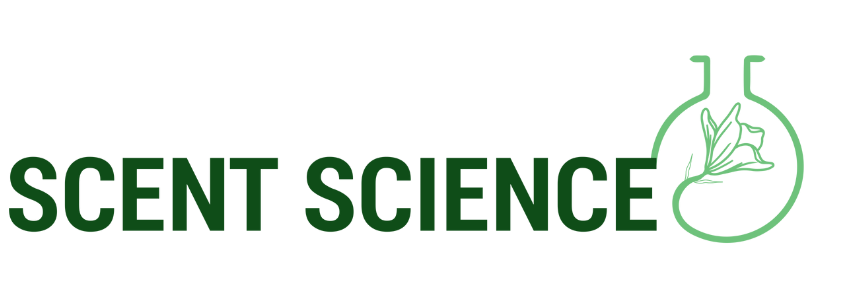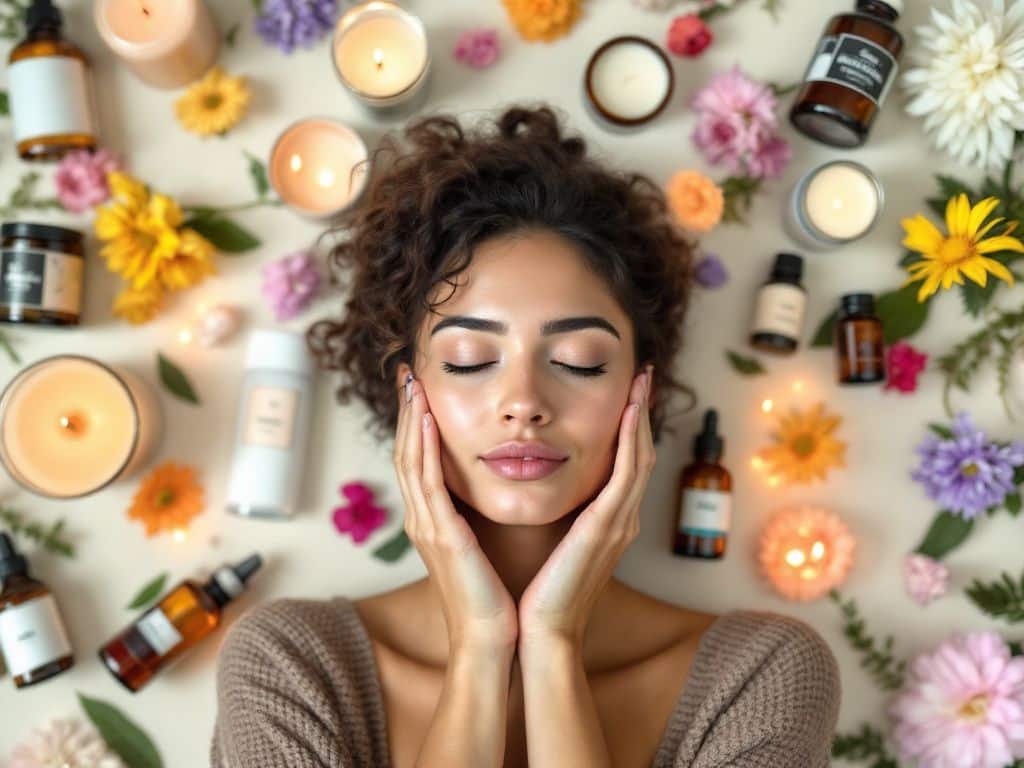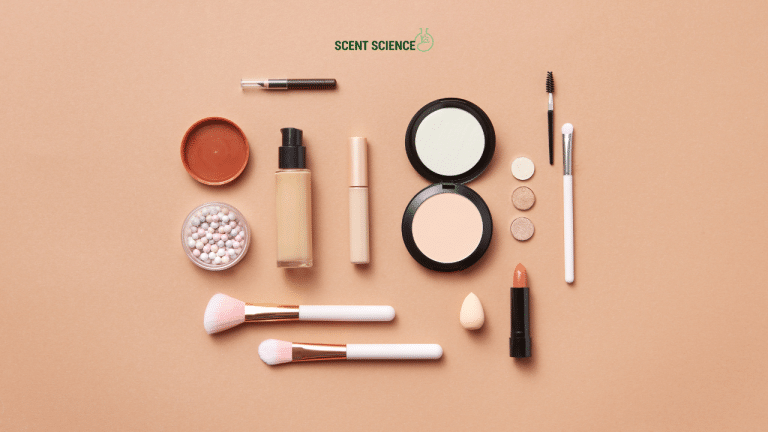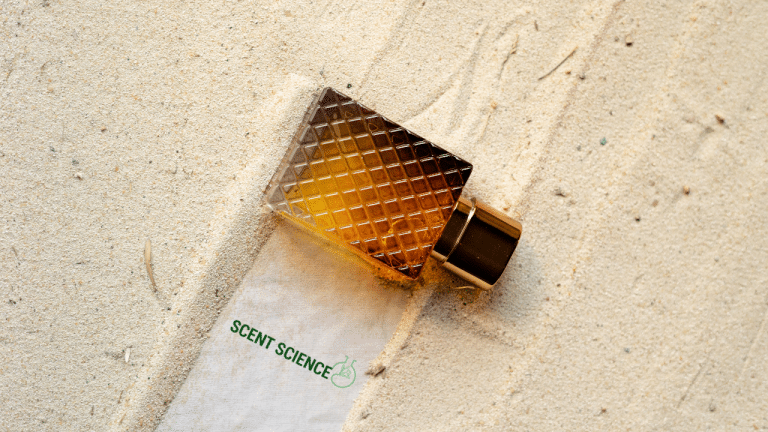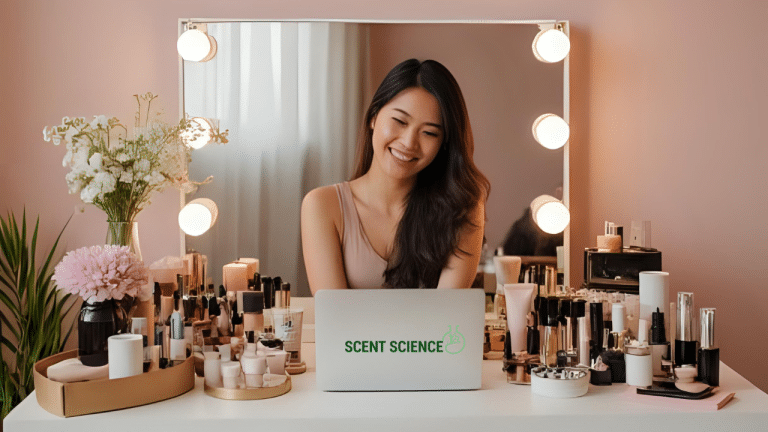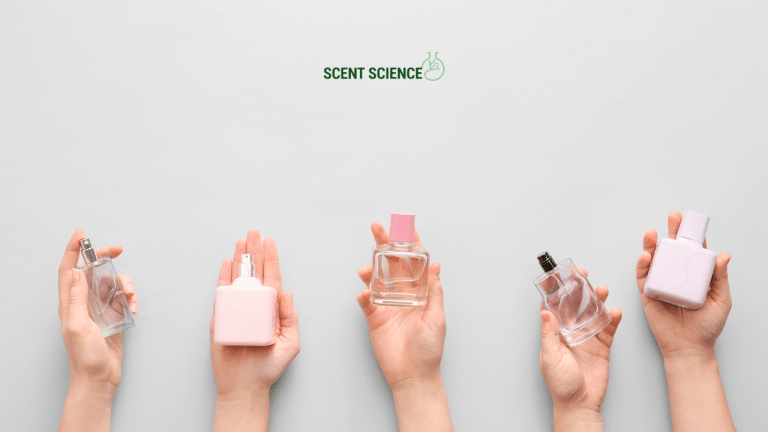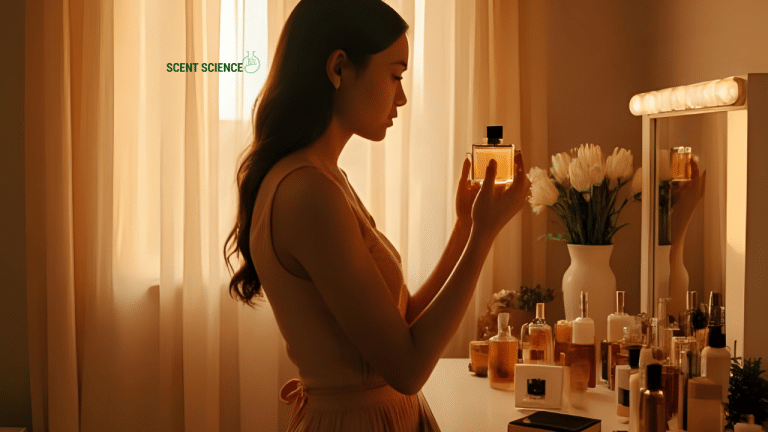In the intricate dance of our senses, fragrance stands out as a powerful orchestrator, adept at weaving emotional tapestries that can evoke memories and alter moods. Imagine walking into a room and suddenly being enveloped by the scent of fresh lilacs. Instantly, you’re transported back to a childhood spring day in your grandmother’s garden. But why does fragrance hold such sway over our emotions and memories? Welcome to this Emotional Guide: an odyssey into the science of how fragrance sculpts our emotional landscape.
As certified scent scientists can affirm, the interplay between fragrance and our emotional state is neither fiction nor fluff. Instead, it’s a well-documented symbiosis. By the end of this comprehensive guide, you’ll not only understand the chemistry and psychology behind fragrances but also learn how to harness these intangible forces for emotional wellness. 🚀
Table of Contents
ToggleThe Neurobiology of Smells: Understanding the Olfactory Pathway
At the heart of this topic lies the olfactory system, which works like the backstage of an emotional drama where fragrance is the leading actor. Upon inhalation, odorant molecules travel through the nostrils and dissolve in the mucous membrane topped by the olfactory epithelium. Here’s where it gets fascinating: this thin layer contains millions of sensory neurons equipped with odor receptors. Each neuron is capable of distinguishing between thousands of distinct scents.
When a scent binds to these receptors, the signal is sent directly to the olfactory bulb in the brain, bypassing the thalamus—the brain’s typical relay station—allowing for a nearly instant response. From the olfactory bulb, the signal proceeds to several brain areas, notably the hippocampus and amygdala, which are pivotal in emotion regulation and memory formation. This direct neural link explains why certain aromas trigger vivid memories and emotional reactions faster than other sensory stimuli.
Case Study: The Lavender Effect
Research conducted at Wesleyan University provides a striking illustration of fragrance‘s impact on emotions. Participants who inhaled lavender oil before bedtime reported increased feelings of relaxation and improved sleep quality compared to the control group. Lavender’s effect in promoting tranquility is not just psychological; it leads to decreased heart rate and skin conductance levels, measurable indicators of relaxation. The practical application is clear: consider lavender for stress reduction strategies. 🌱
Fragrance and Mood: The Psychological Connection

The psychological effects of fragrance extend beyond memory to influence our present mood states. When it comes to emotional benefits, various studies affirm the utility of scents in shaping our daily mood and general well-being.
Sweet Smell of Happiness: Citrus and Mental Clarity
Citrus fragrances, like lemon and bergamot, are often recommended for boosting mood and energy. A Japanese study involving over 12,500 takers found that exposure to citrus oil improved overall mental well-being and reduced symptoms of depression. Clinically observed increases in serotonin levels further underscore how targeted fragrance deployment aids in mood regulation.
The Comfort of Baking: Olfactory-Induced Nostalgia
Consider the smell of freshly baked bread. It’s no accident that real estate agents bake cookies during open houses. The warm, inviting scent puts potential buyers at ease, making them feel more ‘at home’—a clever application of scent science.
Fragrance in Practice: Designing Emotional Atmospheres
Incorporating fragrance for psychological benefits requires intentionality and a nuanced understanding of scent selection tailored to desired emotional outcomes. This practice is particularly paramount in industries concerned with customer experience and therapeutic settings.
Aromatherapy and Emotional Wellness
Aromatherapy has burgeoned into a significant branch of complementary medicine, leveraging essential oils to promote health and well-being. Industry standards recommend using oils either through inhalation or topical application, with each modality offering specific emotional advantages. For instance, chamomile and peppermint can be diffused to help relieve anxiety and stimulate focus, respectively. 🌼
Environmental Fragrance Engineering in Retail and Hospitality

Brands increasingly employ ambient scents to enhance customer experiences and bolster brand loyalty. Studies show that a harmonious olfactory environment can increase the perceived product value and time spent in a store. British Airways, for instance, use a signature fragrance called “Meadow Grass” in its lounges to blend calming elements into the traveler’s experience—a testament to scent marketing’s efficacy.
Real-World Applications and Professional Insights
Though fragrance might seem ethereal, its real-world applications in business and personal environments are grounded in solid evidence and tested methodologies.
Professional Insight: The Scent of Productivity
Research from the Human Factors and Ergonomics Society reveals that peppermint scent strategically diffused in work environments can enhance typists’ accuracy by as much as 79%. The invigorating properties of mint reduce cognitive droop and bolster performance. Offices aiming for productivity spikes may well consider aromatic intervention as part of their human resource strategy. 💼
Practical Tips: Crafting Your Fragrant Atmosphere
To effectively realize the mood-modulating effects of fragrance in your environment:
- Identify the Goal: Determine whether you need energy lifts, peace, or a creative boost and select corresponding fragrances.
- Consider Delivery Methods: Diffusion is most common, allowing for homogeneous scent distribution. However, sachets and atomizers can offer targeted scent applications.
- Experiment with Blends: Combinations like rosemary and lemongrass for enlivenment or vanilla and rose for intimacy can cater to diverse emotional needs.
Industry Standards and Future Directions

The fragrance industry is driven by a blend of art and science, with standards that party advance olfactory impact on mental well-being. The International Fragrance Association (IFRA) governs best practices, ensuring safety and efficacy in the use of aroma compounds.
Emerging Trends and Innovations
Neuroscientific advances continually deepen our understanding of fragrance-related emotional wellness pathways. Wearable diffusion technologies promise personalized aromatherapy, tailoring mental states in real-time. Integration of AI and scent delivery based on biometric feedback could reshape everything from hospitality to healthcare’s sensory landscape over the next decade.
Conclusion: An Ode to Olfaction
The intricate relationship between fragrance and mood offers compelling insights into how subtle sensory cues dramatically influence our emotional world. Harnessing this knowledge allows us not only to orchestrate our environments strategically but also to enhance individual and collective well-being. Smell differently, feel profoundly—a nuanced adage that perfectly encapsulates this olfactory serenade 🎶.
Through the lens of scientific validation and practical application, understanding how fragrance affects our emotions equips us with the tools to engineer favorable emotional conditions effectively. It’s a realm where being knowledgeably nose-led enriches not only our surroundings but our memories and moods as well.
In sum, wielding the art and science of fragrances unlocks an empowered, emotionally enriched existence. Don’t just smell the roses—truly feel them. 🌹
Frequently Asked Questions
What are the benefits of using a hair mask in my hair care routine?
Using a hair mask can provide several benefits, including hydration, smoothing, strengthening, curl definition, heat protection, and damage repair. Hair masks infuse the hair with moisture, help coat the hair shaft to seal split ends, reduce breakage, and protect the hair from heat styling and environmental damage[1][4].
What ingredients should I look for in a hair mask?
Effective hair masks often include ingredients such as coconut oil, argan oil, shea butter, honey, avocado oil, green tea, and coconut water. These ingredients provide nourishment, moisturize, and protect the hair, offering benefits like softening, moisturizing, and protecting against damage[2][5].
How often should I use a hair mask in my routine?
You should use a hair mask whenever your hair feels dry, unmanageable, or in need of intense hydration. This can vary depending on your hair type and needs, but generally, using a hair mask once or twice a week can help maintain healthy and moisturized hair[1][4].
How do I apply a hair mask for the best results?
To apply a hair mask effectively, shampoo your hair first, then apply the mask, focusing especially on the ends where hair tends to be the most damaged. Leave the mask on for anywhere from 10 minutes to overnight, depending on the type of mask and your hair’s needs[1][4].
References